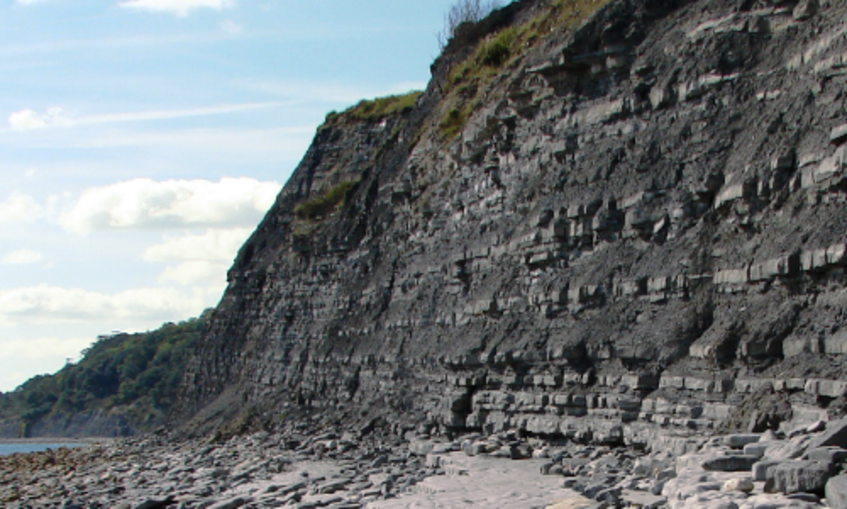Stratigraphy

Stratigraphy — The scientific analysis of geological layers
Stratigraphy
The geological subdiscipline of stratigraphy is asked to define the Anthropocene as a new unit of Earth history. Stratigraphy deals with geological layers and beds, with the law of superposition (older layers were deposited below younger ones). A definition for the base of a formally defined Anthropocene as a unit of the Geological Time Scale has to follow stratigraphic rules and the principles and rules of chronostratigraphy. Thus, the 'chronostratigraphic' Anthropocene has to be, according to the rules and current usage of geological terms, a time-rock unit that by definition has a synchronous base. Physical rock-unit boundaries are a matter of lithostratigraphy, and may be diachronous.
A diachronous lower physical boundary of the Anthropocene has been suggested by archaeologists and historians, but may not be applied formally to a chronostratigraphic unit. The Anthropocene, if formally defined by the International Commission on Stratigraphy, would be the youngest, shortest and the only still ongoing chronostratigraphic unit of Earth history, in a historic time interval that can be resolved in terms of calendar years and days, and with some events even in seconds such as an atomic bomb test explosion. This challenges the geosciences which, when defining stratigraphic boundaries, deal with millions of years and boundary error bars of several hundred thousand years.
— Michael Wagreich
Researchers: Erich Draganits, Christian Köberl, Kira Lappé, Ronald Pöppl, Michael Wagreich
Further Reading
- Head, M. J., Steffen, W., Fagerlind, D., et al. (2021). The Great Acceleration is real and provides a quantitative basis for the proposed Anthropocene Series/Epoch. Episodes: Journal of International Geoscience (Nov 2021), 1-18.
- Waters, C. N., Zalasiewicz, J., Williams, M., Ellis, M. A. and Snelling, A. M. eds. (2014). A Stratigraphical Basis for the Anthropocene. Geological Society of London 395.
- Zalasiewicz, J., Waters, C. N., Williams, M. and Summerhayes, C. eds. (2019). The Anthropocene as a geological time unit: A guide to the scientific evidence and current debate. Cambridge: Cambridge University Press.
